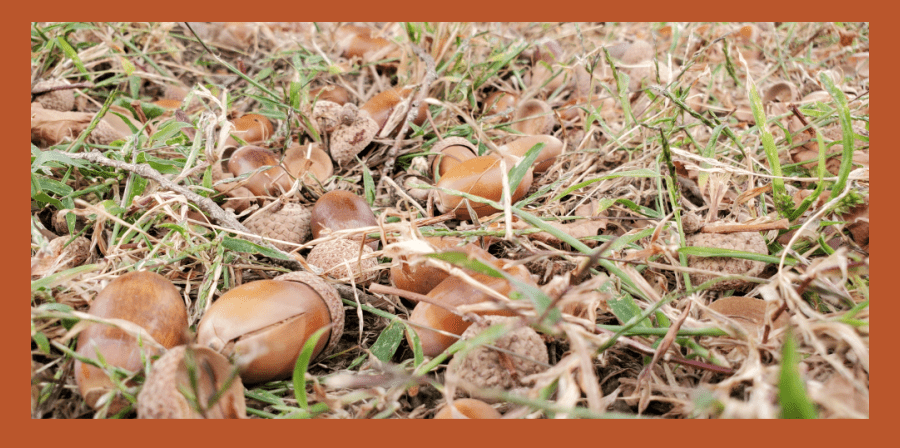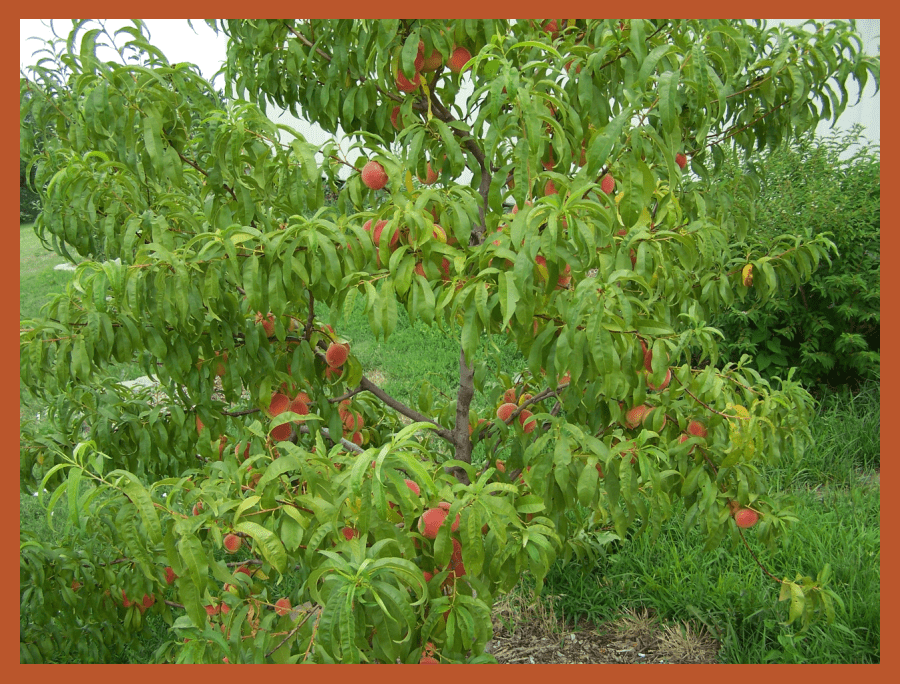What is a mast year? I get this question a lot from gardeners, but not in this form. Many gardeners ask it in a different way. For example, why are the trees producing such large and so many acorns this year? Or, why did my apples produce so well last year, but not this year. The most easy to answer reason, is because this or that season is or was a mast year.
The word mast in botany means a season in which various species of trees synchronize their reproduction and drop large amounts of fruit and/or nuts.
But when do mast years occur and why? And how does it affect trees in the long run? Can I change the way my tree produces fruits or nuts to have a good year after a mast year? These are the questions most commonly asked after a gardener learns what a mast year is.
When Do Mast Years Occur?
While there are a lot of theories to explain why and when mast years occur in different regions and areas, there are some definite answers to be found. Available water and nutrients, weather, temperatures, and stress can all cause mast years to start. In the Central Great Plains, observations have been made and corroborated to conclude that many of our mast years follow an unusually dry fall or winter.
But how do trees know and how do they synchronize to do it together? Trees are more complicated than many of think. They have electrical energy coursing through them. They can communicate with chemical compounds sent through air, water, and root hairs. And mycorrhizae helps in the biggest way. The filaments of mycorrhizae stretch miles underground through the soil from tree root to tree root. They supply the trees with oxygen and nutrients, and in turn receive carbohydrates and energy. And they receive and send chemical messages.
What is mycorrhizae? a fungus which grows in association with the roots of a plant in a symbiotic or mildly pathogenic relationship.
When trees connected by mycorrhizae begin to communicate with each other about the availability of nutrients or water, then they become synchronized. Thus, mast years among multiple species of trees become possible.
How do Mast Years Affect a Tree’s Long-term Health?
One of the problems with mast years is the overuse of available nutrients to produce copious amounts of fruits and nuts. This often causes a disastrous result in stressed trees. I have seen many trees fall victim to the double whammy of a mast year and overly-stressful summer conditions. For example, in 2019, we had a very large mast year on top of an extremely wet summer. And when I say wet, I mean we were more than double the average rainfall for our area in Northeast Kansas. This led to and over-saturation of the soil in the root zone of trees, which is between 12 and 24 inches deep. In turn, it caused dieback of root hairs, mycorrhizae, and microorganisms.
That means that in 2019, trees went into autumn dormancy with a lack of extra storage roots for the abundance produced by the leaves. When events like that occur, trees die. What many people fail to realize is that most mast years are relatively normal, meaning that while the year itself is caused by a stressful situation, the production of extra or larger fruits is aided by normal or average rainfall and weather. When the weather or rainfall is not sufficient, then the trees are trying to perpetuate themselves by producing extra large fruits with more and bigger seeds, or tougher seed hulls and shells.

Is There Anything the Gardener Can do to Affect the Tree’s Health in a Mast Year
Yes. Although it is not a simple answer, it is still a yes. Homeowners and gardeners can affect the overall health and longevity of their own trees, when mast years are especially hard on them. During mast years when the summer weather is more difficult, such as in 2022, gardeners can help ease the overall stress. Drought years are easier top affect than wet years.
To help a tree through a droughty mast year, gardeners must try to ease the drought stress by doing some of the following:
- Deeply watering with water probes, or an in-ground water tube system.
- Mulch with at least 4 inches of organic mulch to the edge of the dripline (farther if possible).
- Avoid driving vehicles, mowers, and other equipment over the root zone of trees.
- Prune out dead, diseased, and crossing branches.
- Treat susceptible trees with proper insecticide or fungicide treatments to prevent problems.
- Thin or reduce fruit numbers on fruit trees such as apples, peaches, pears, and plums.

Benefits of Mast Years
Despite the overall affect on tree health, mast years can be a benefit to the gardener, or more likely, homesteaders. There is a movement of homesteaders in the world who want to live more simply, grow their own food, raise animals, and be less dependent on governments for food and medicine. Mast years are very helpful in providing large crops of fruits and nuts for people trying to grow their own food.
My family has been collecting an overly large black walnut crop this fall, to sell the nutmeats from. We also have been blessed with a huge peach, apple, pear, and pawpaw harvest. Because of this bounty, we will have less food to buy in winter.

Conclusion
Mast years can be a bountiful occasion for the homesteader, while potentially being a stress producer for the tree. Besides producing an overabundance of fruit that benefits humans, mast years also benefit all kinds of wildlife, such as squirrels, deer, birds, pigs, and others.
Happy planting!





A very interesting information. Thank you!